The Court of July
 Sunday, July 7, 2013 at 2:10PM
Sunday, July 7, 2013 at 2:10PM The Gregorian Calendar has been the most widely accepted date-keeping standard since 1582. It means that, in most parts of the globe, July 4 is just another day of the year. In the United States; however, it’s not. It’s our birthday and we love to celebrate. Yankee Doodle. Feather in the hat. Macaroni salad. It’s a time for festivities of all kinds, including some of the most impressive fireworks displays the world has ever seen. We call it Independence Day because it’s the date signed on one of our nation’s most cherished symbols of liberty, the Declaration of Independence from the British Empire in 1776. This is a holiday to eat apple pie. It’s also a great day to munch on a hot dog while taking in an American staple — a good, old fashioned baseball game. How much more patriotic can we get than that… baseball, hot dogs and apple pie? Well, we can celebrate the US Constitution and our system of justice. That’s a good part of what it’s all about. Many of us saw it in action during the Jodi Arias trial and, before that, Casey Anthony. Now, there’s George Zimmerman. Charged in the February 26, 2012 shooting death of 17-year-old Trayvon Martin, his second-degree murder trial began began June 24.
Speaking of baseball and Casey, and I’m not referring to the 1888 Ernest Thayer poem, Casey at the Bat, July 5, 2011, was the day Ms. Anthony received her declaration of independence from the justice system. Not guilty. While most Americans have been able to enjoy an extended four-day weekend this year, death took no holiday in Seminole County on July 5. Court was in session. Ironically, two years later to the date of her verdict, the State of Florida rested its case against Mr. Zimmerman. While some might call this the 7th inning stretch, although the defense did put two people on the stand, Zimmerman’s mother and maternal uncle, I do not. Sadly, I have heard lots of people in the courthouse and elsewhere refer to trials almost like sporting events. Who won this day and that day. Points made in the courtroom are points on a scoreboard. Most certainly, any time a matter of life and death is brought into an equation, it’s not a game. Young Martin is dead. He will never play another game of baseball. Zimmerman might not, either. Nelson’s courtroom is not a stadium and she is not an umpire calling balls and strikes. We are not eating Cracker Jacks in the gallery. Did I say Cracker?
What we have is the Constitution in action. The right to a fair trial. Part of our Declaration of Independence guarantees that we are all equal.
We hold these truths to be self-evident, that all men are created equal, that they are endowed by their Creator with certain unalienable Rights, that among these are Life, Liberty and the pursuit of Happiness.
There is no doubt that the United States is still a land of golden opportunity. Everyone has a chance to follow the path to success. We see it in action every day, but in some situations, it’s not really equal; not that it has to be, because we do not live under any kind of Utopian rule. We do not live “where nothing in society will belong to anyone, either as a personal possession or as capital goods, except the things for which the person has immediate use, for either his needs, his pleasures, or his daily work.”
That statement is attributed to French thinker and novelist, Étienne-Gabriel Morelly. Where am I going here? Proof positive of the American system at work. Look at Jose Baez, speaking of the Casey Anthony case. He walked into a gold mine. What was he before she came along? An ambulance chaser? A DUI lawyer? While I am making no accusations against his background, Casey got his name from two women sitting in a holding cell at the Orange County Jail. The rest, they say, is history. Mark O’Mara, on the other hand, worked very hard throughout his career as an attorney to get to this point. He earned it through many long and arduous hours. Granted, Mark NeJame referred Zimmerman to him after turning him down, but he wouldn’t have done so had he given a thought that O’Mara’s solid credentials were less than stellar. While some of you may wonder why I bring this up at all, let me remind you that you can read about daily trial events in the newspaper. You can see and hear all about it online, on radio and on television. What I am is a pundit; a purveyor of private opinion made public. It’s my own brand of commentary, and here some of it goes…
§
A very powerful conservative blog, strongly favoring Zimmerman, splintered over O’Mara. Some believed his intention, all along, was to sabotage his client. Well, look at him now. He has done a splendid job dissecting many State witnesses, neutralizing some while turning others into Defense allies. This is the “mark” of a great attorney in the making, although I knew all along it was in him. He’s a great orator and thinks fast on his feet. There aren’t too many in the field of law that can pat you on the back while stabbing you in the gut — and — at the same time, keep you smiling. That’s O’Mara. That’s class, no matter what his courtroom adversaries and the public may think. His partner, Don West, on the other hand, is blunt and direct; straightforward to a fault. He is quite effective, too. In my opinion, they complement each other. West goes in for the kill and O’Mara soothes the pain. Or is it the other way around? O’Mara numbs you first. Either way, it’s a talented team.
But has it always been effective? No, it hasn’t. Take the case of Ms. Rachel Jeantel, the State’s reluctant key witness. She was the last person who spoke to Martin before his death, other than Zimmerman. That is a matter of fact that cannot be disputed. The problem lies with her testimony, and what is left in its wake is quite complex. It falls into two vastly different camps; the thems that believe her and the thems that don’t. Granted, she lied under oath on more than one occasion, so why should anyone choose to believe her now?
 Witness Rachel Jeantel gives her testimony to the prosecution during George Zimmerman’s trial in Seminole circuit court in Sanford, Fla. Wednesday, June 26, 2013. (Jacob Langston/Orlando Sentinel)
Witness Rachel Jeantel gives her testimony to the prosecution during George Zimmerman’s trial in Seminole circuit court in Sanford, Fla. Wednesday, June 26, 2013. (Jacob Langston/Orlando Sentinel)
In order to understand Ms. Jeantel, one must consider her style in the courtroom, not just her substance. Let’s say she will never be a diplomat. Nor will she ever be a United Nations interpreter, although she is multilingual. English is just one language and it’s not her first, obviously. De la Rionda established that she grew up in a Haitian family speaking Creole. From what I’ve learned, she lives in a ghetto section of Miami. She and her friends understand urban-speak. She knows hip hop. She comes from a different world of imperfect grammar and Ebonics, living in a different generation; under separate rules of engagement. Ghetto people of all generations have no respect for the police. If you must ask why they disrespect law enforcement, then you know nothing about inner-city culture. Why then, would anyone, in all seriousness, ask her why she didn’t call 911 after Martin’s phone disconnected? So the police would come banging at her door to interrogate her? We’re not talking about someone with visions of white knights in shining armor, anticipating that “help is on its way.” That is so delusional in her world where whites, let alone knights do nothing for her. Is it any wonder why she was adversarial?
What we got was a frightened 19-year-old girl, 18 at the time, who lied about going to the hospital because she didn’t want to see Trayvon laid out dead in his coffin. She lied under oath because she was questioned in front of the boy’s mother. She didn’t want to hurt or offend her. Was it wrong? Yes, but it shouldn’t have discredited all of her testimony. Admittedly, she also lied about her age, but she said she did so because, as a minor, she knew she could deflect the media from herself to her mother, meaning there could be no direct contact.
Where she had me at hello was when she told the Court that Martin called Zimmerman a “creepy ass cracker.” Who would possibly make something like that up to hurt the person she cared so deeply about? Immediately, one would think of anti-racism, like antimatter. Pot? Call the kettle black. Profiler profiling profiler. West jumped on it upon cross-examination.
“Do people that you live around and with call white people creepy ass crackers?”
“Not creepy,” replied Jeantel, “but cracker, yeah.”
“You’re saying that in the culture that you live in — in your community — people there call white people crackers?”
“Yes, Sir.”
 This was, in my opinion, an attempt to transfer the racial profiling onus from Zimmerman to Martin. Did it work? The answer is two-fold. No and no. The term Florida cracker came from the cowboys that cracked their whips to herd cattle because they didn’t use lassos. That’s one version. There’s another theory for its usage. Slave foremen in the antebellum South may have used bullwhips to discipline slaves. Hence, they cracked the whip and became known as crackers.
This was, in my opinion, an attempt to transfer the racial profiling onus from Zimmerman to Martin. Did it work? The answer is two-fold. No and no. The term Florida cracker came from the cowboys that cracked their whips to herd cattle because they didn’t use lassos. That’s one version. There’s another theory for its usage. Slave foremen in the antebellum South may have used bullwhips to discipline slaves. Hence, they cracked the whip and became known as crackers.
Without going into fine detail over what Jeantel said on the stand, I believe that the longer West crossed her, the more credible she became. He overdid it. Call it overkill. My father put it best when he later told me, “He made the sale, and then he bought it back.”
Incidentally, my father is quite conservative, but doesn’t support either side. What’s your opinion of Jeantel?
§
Now, we’re left with several problems. One is that the State has rested. Did it prove the defendant’s guilt beyond a reasonable doubt? At this point, I would have to say no, but I do feel that the general consensus among media types is that Zimmerman is guilty of something. The man is, by no means, innocent of everything. The State did cast him in a very negative light, but will it be enough to convict? In my mind, he was a creep the night of February 26.
However…
Looking at (1) FLJI 74 MURDER - SECOND DEGREE
3. There was an unlawful killing of (victim) by an act imminently dangerous to another and demonstrating a depraved mind without regard for human life.
While some may conclude that Zimmerman was depraved when he followed Martin, it’s not as simple as that.
An act is “imminently dangerous to another and demonstrating a depraved mind” if it is an act or series of acts that:
1. a person of ordinary judgment would know is reasonably certain to kill or do serious bodily injury to another, and
2. is done from ill will, hatred, spite, or an evil intent, and
3. is of such a nature that the act itself indicates an indifference to human life.
This was the major contention on Friday after the State rested. This was what O’Mara fought vehemently for in his JOA, a Judgement Of Acquittal, argument. What Zimmerman did had nothing to do with ill will, hatred, spite or an evil intent. The judge disagreed and said the State had presented enough evidence for the trial to continue. The jury will return on Monday morning. The State will now cross-examine and we will see how they do.
Some people have wondered during court breaks whether this case would have made it to the courtroom had it not been for Civil Rights leaders. Is that true? I don’t know, but were the original powers that be too quick to jump the gun (no pun intended) and take one person’s perspective as the truth; the shooter, of all people? We cannot simply overlook the accounts of all witnesses, and that should have been enough for an arrest then, not 45 days later. Ultimately, it’s all the victim’s family wanted out of this — a day in court. For that reason alone, I do not believe there will be riots at the courthouse if Zimmerman is found not guilty.
In my closing argument today, I will say that the State did not prove its case. With the possibility of a jury in doubt and the Defense lurking about, waiting to pounce, a conviction on second-degree murder is a long shot. This defense team is very strong and smart. I mean the entire team. In my opinion, it is O’Mara’s trial to lose, and I doubt he will, although I will not predict whether the six-member panel will contemplate a felony manslaughter conviction. There’s no doubt in my mind, something went horribly wrong that night. Just remember, this is not a game, the judge is no one’s teammate, and neither is the jury; not even among themselves, yet the verdict must be unanimous. No timeouts for them. There is no score card.
 Dave Knechel | tagged
Dave Knechel | tagged  JOA,
JOA,  Judgement Of Acquittal | in
Judgement Of Acquittal | in  18th Circuit Court,
18th Circuit Court,  Bernie De la Rionda,
Bernie De la Rionda,  Casey Anthony,
Casey Anthony,  Dave Knechel,
Dave Knechel,  David B. Knechel,
David B. Knechel,  David Knechel,
David Knechel,  Donald West,
Donald West,  Eighteenth Circuit Court,
Eighteenth Circuit Court,  George Zimmerman,
George Zimmerman,  Jose Baez,
Jose Baez,  Judge Debra S. Nelson,
Judge Debra S. Nelson,  Marinade Dave,
Marinade Dave,  Marinade Dave Knechel,
Marinade Dave Knechel,  Mark NeJame,
Mark NeJame,  Mark O'Mara,
Mark O'Mara,  Sanford,
Sanford,  Seminole County,
Seminole County,  Seminole County Courthouse,
Seminole County Courthouse,  Trayvon Martin,
Trayvon Martin,  marinadedave | |
marinadedave | |  1 Reference
1 Reference 
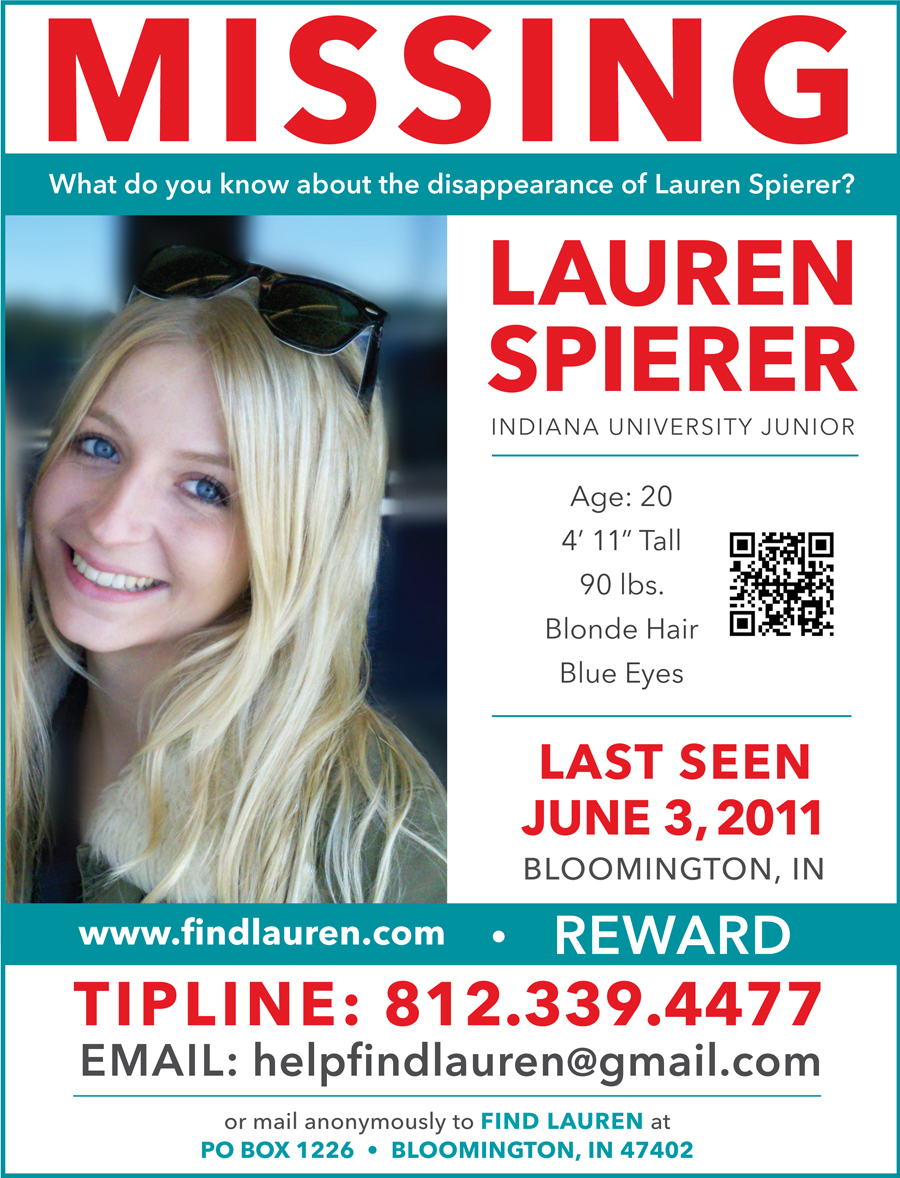



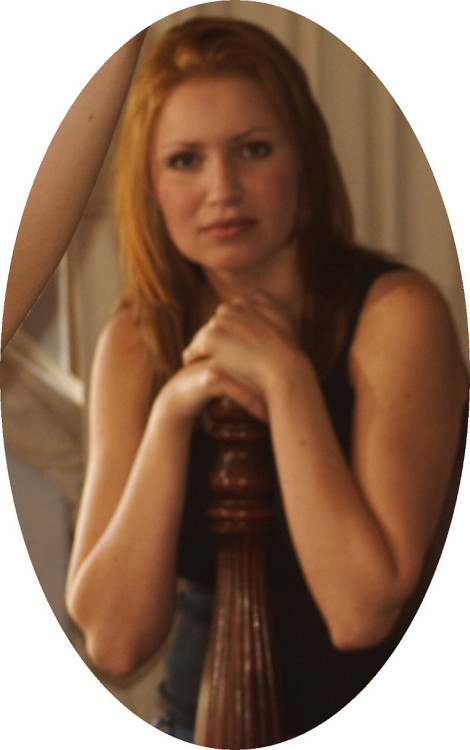
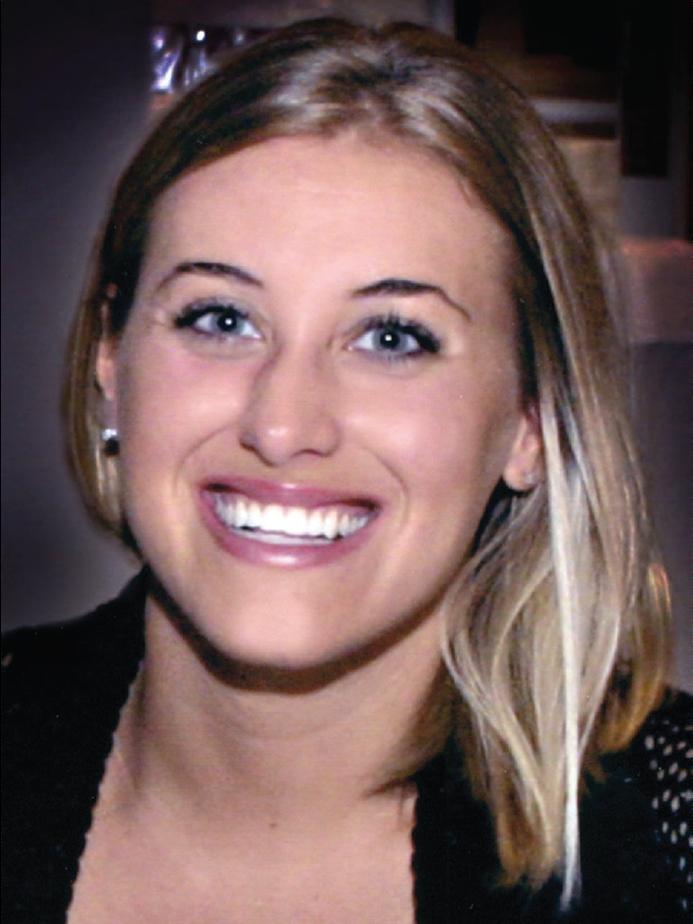


























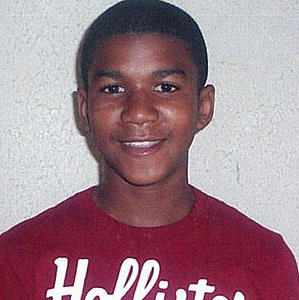
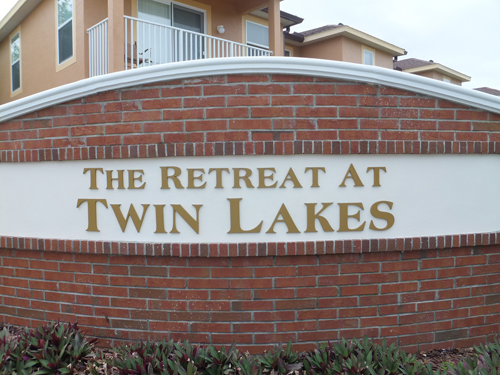
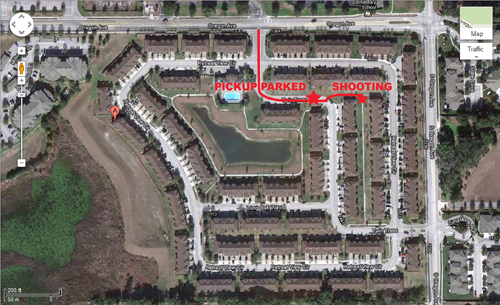
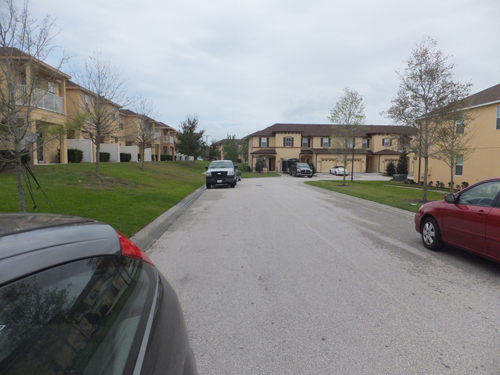
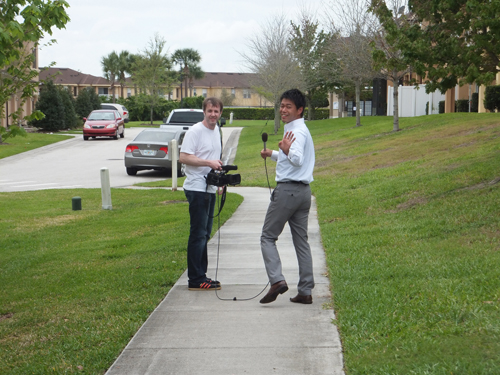
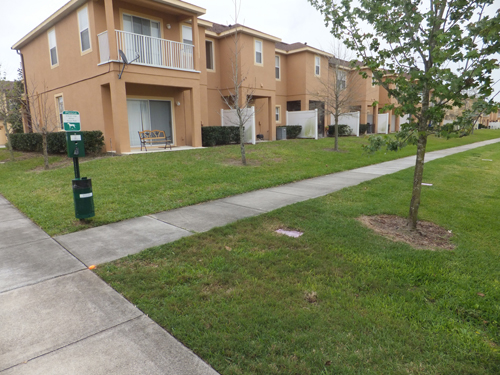
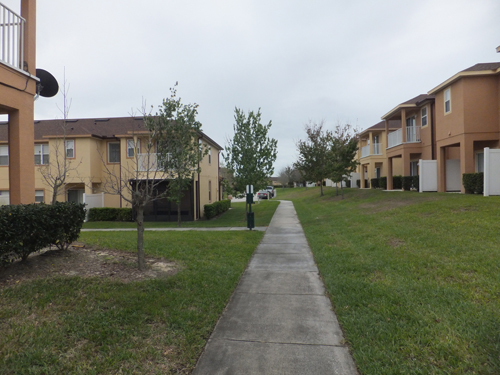
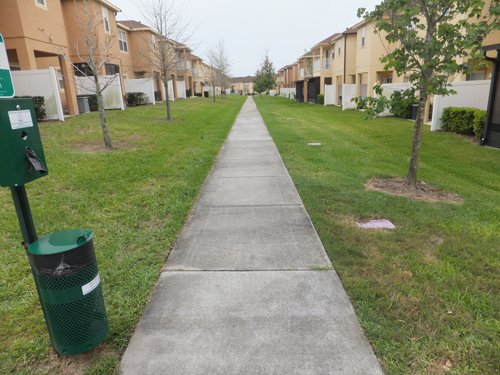
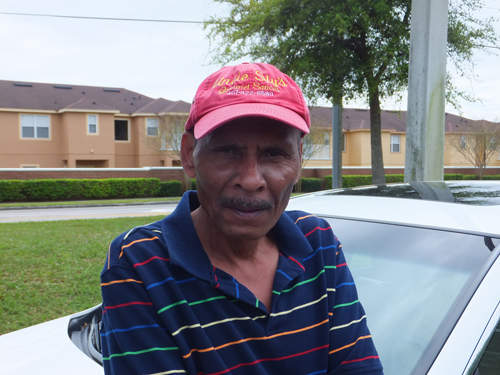
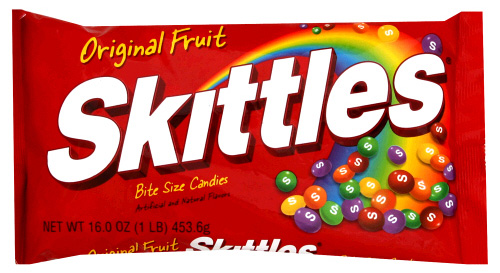
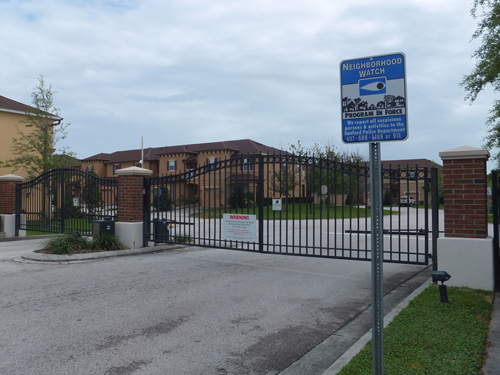
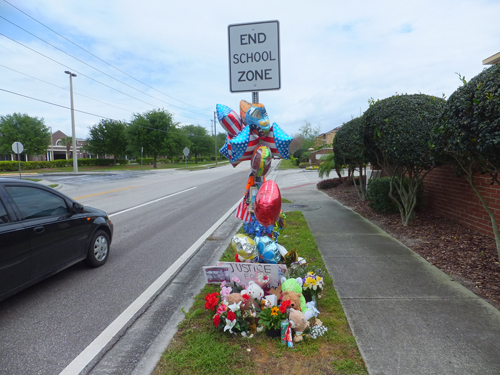
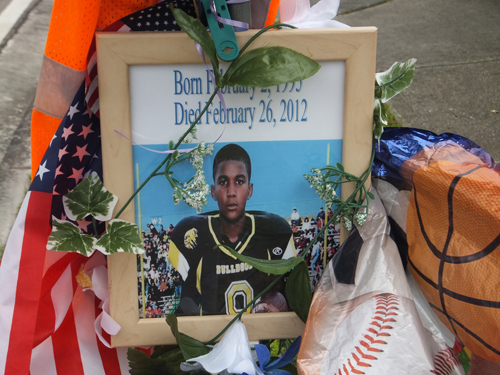
 LEGAL NOTICE
©David B. Knechel. All Rights Reserved. No portion of this site can be reproduced in it's entirety or in part without expressed written permission by the owner/administrator of this site in accordance with the Digital Millennium Copyright Act. Section 512(c)(3) of the U.S. Copyright Act, 17 U.S.C. §512(c)(3). The charges against defendants are mere accusations and the subjects are presumed innocent until found guilty in a court of law.
LEGAL NOTICE
©David B. Knechel. All Rights Reserved. No portion of this site can be reproduced in it's entirety or in part without expressed written permission by the owner/administrator of this site in accordance with the Digital Millennium Copyright Act. Section 512(c)(3) of the U.S. Copyright Act, 17 U.S.C. §512(c)(3). The charges against defendants are mere accusations and the subjects are presumed innocent until found guilty in a court of law.
